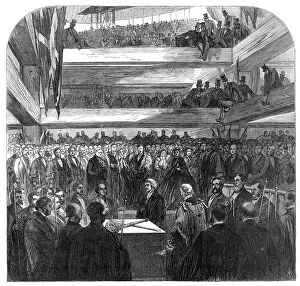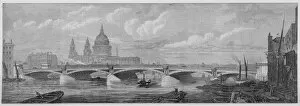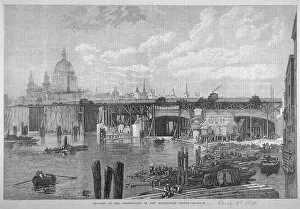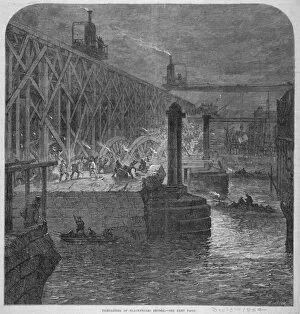Joseph Cubitt Collection
Joseph Cubitt was a man of many talents and passions. Born in the 19th century, he was a renowned civil engineer, architect, and surveyor
For sale as Licensed Images
Choose your image, Select your licence and Download the media
Joseph Cubitt was a man of many talents and passions. Born in the 19th century, he was a renowned civil engineer, architect, and surveyor. His innovative designs and engineering solutions left a lasting impact on the infrastructure of his time. Cubitt's work can still be seen today in various structures across England, including bridges, railways, and buildings. His attention to detail and dedication to quality set him apart from his peers. Beyond his professional accomplishments, Joseph Cubitt was also known for his philanthropy and community involvement. He believed in giving back to society and supporting those less fortunate than himself. In addition to his professional achievements, Cubitt was also an avid artist and writer. He found inspiration in nature and often incorporated elements of it into his designs.










